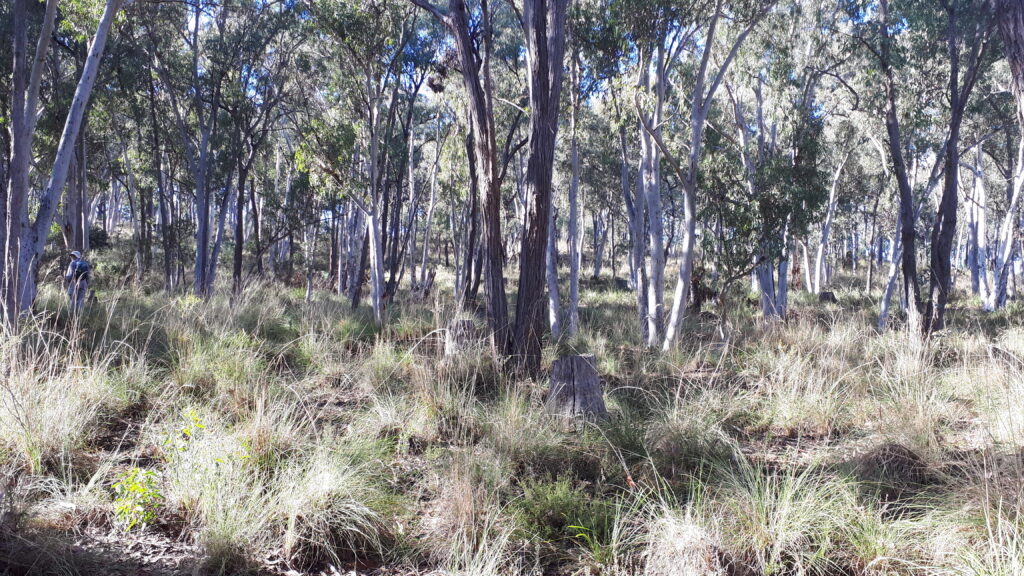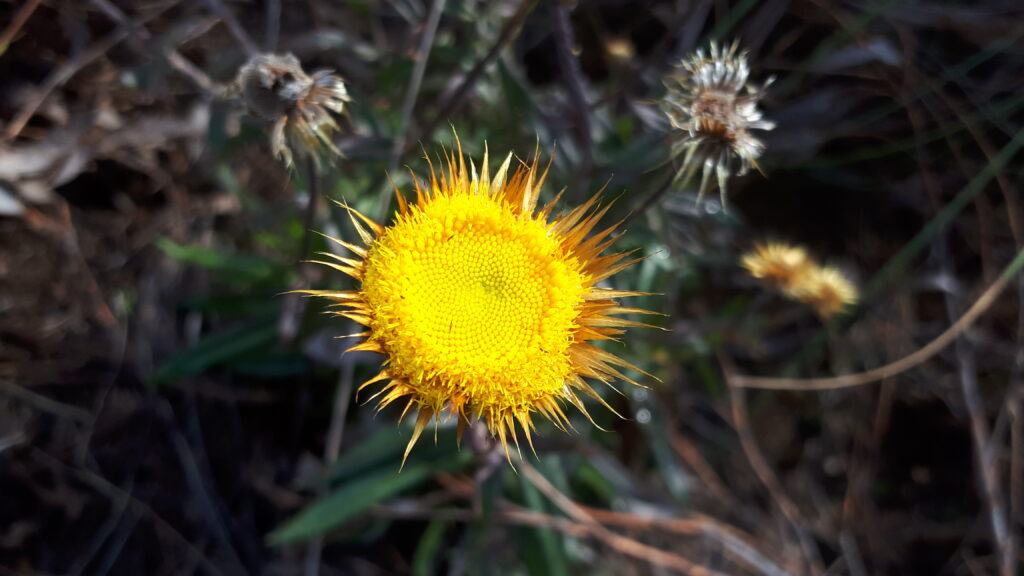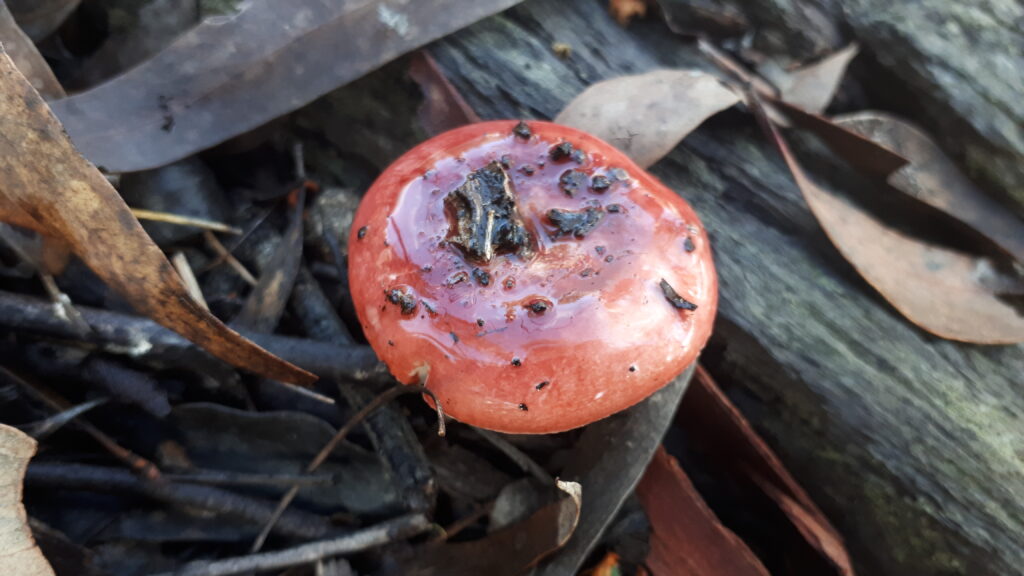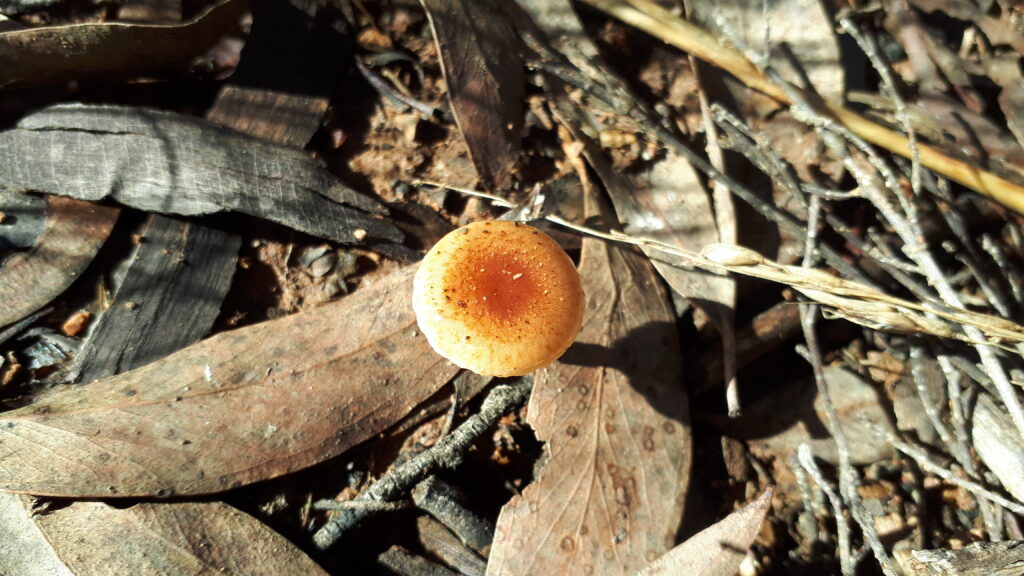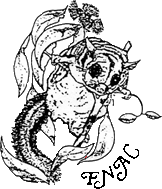Twenty-five people, including some members of the Australian Native Plant Society, turned up to explore an unburnt area of the Aranda Nature Reserve hoping to identify reasons why this patch of land should not be subject to controlled burns. It was scheduled for a burn recently, but was spared with the advent of rain.
I’m not an expert in this field and I was hoping to get some input from those who attended. Not having the expertise of these I can only give my uninformed opinion.
With such a large group we decided to split into two groups once exploring the lower slope, with those feeling more robust, venturing further up the incline.
However, before we did so, Kevin led us to an area where a number of introduced trees had been removed and had been replaced with plantings of Callitris endlicheri. We found a single Cypress Pine Sawfly larvae on one of these trees, though an earlier sighting on Canberra Nature Map reported 16–100 of these larvae.
Some snippets of conversation I heard referred to the lack of weeds in the sparse undergrowth as can be seen in the photo below. This made for easygoing off track as we searched for a diversity of plants, and hopefully, orchids.
We only found one orchid rosette, most likely a Greenhood, however, my personal opinion is that this was not the ideal time of year to explore this area in search of orchids that need protection. I would like to see this excursion repeated in spring or summer when the majority of orchids are in their prime.
Also mentioned was the diversity of lichen on rocks and boulders. My thoughts are that a diversity of lichen is not necessarily an indication of an unburnt area, though as I’ve stated I’m not an expert in this field. However, I do think that the lack of introduced weeds and a low level of undergrowth is a good sign. There were also some interesting lichen growing in the ground and along tree branches.
Given the recent rain and wet tracks, I found a number of flatworms along the track still taking advantage of the remaining moisture. There was a great variety of fungi, including a nice example of coral fungi, so named because of its resemblance to coral. This Austroboletus reticulate/lacunose stem is the first reported to Canberra Nature Map, though not reported to be of great significance.
Kevin found an interesting web construction, which I suspect is a spider egg nest, though I can’t be 100% sure. It would be interesting to collect it to see what emerges.
What grabbed the attention of everyone however, was a lazy bearded dragon, almost oblivious to the group of people surrounding it taking photos. No doubt it was waiting for the sun to reach it and warm its body enough to venture out on its way. So it was very cooperative for photos.
– Alison Milton
